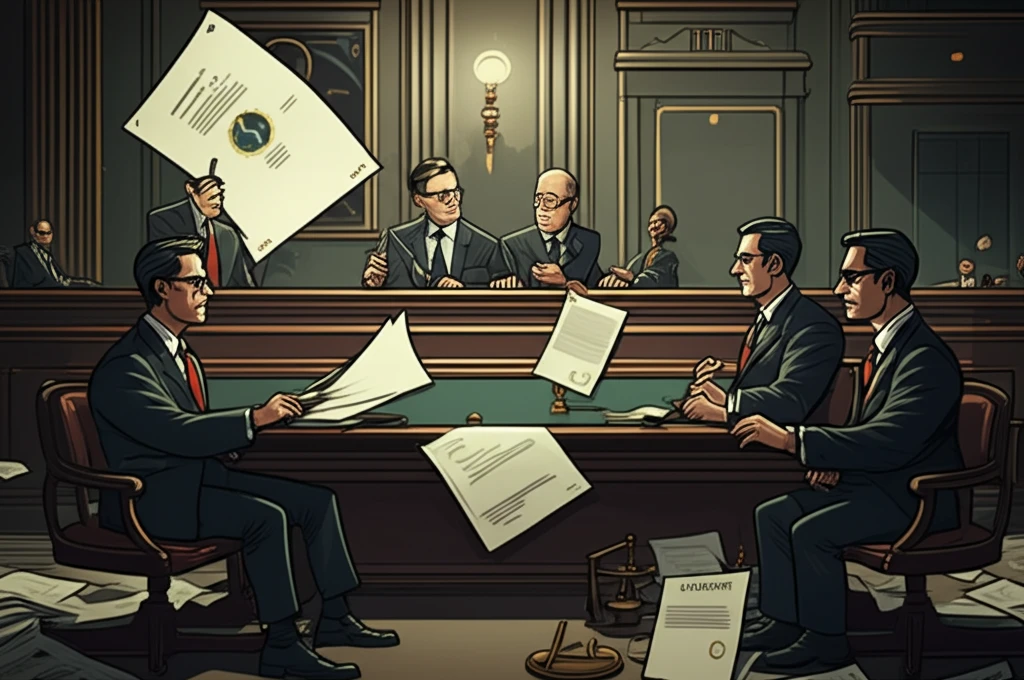
Decoding Regulatory Bargaining: How Agencies Shape Markets Behind Closed Doors
"Uncover the shift in economic regulation, where agencies are 'bundling' issues to expand authority, impacting businesses and market precedents."
In today's regulatory landscape, bargaining between regulators and businesses is more common than ever. While cooperation can be efficient, it also introduces complexities, particularly when regulators link or 'bundle' unrelated issues during negotiations. This practice changes the outcomes and can blur the lines of regulatory authority.
Imagine a scenario where a company seeking merger approval is asked to commit to unrelated community projects. This 'bundling' can change the regulatory outcomes and enables regulators to extend their influence into areas where their legal authority is limited. For businesses, these bargains can undermine the value of legal precedents, making it difficult to predict future regulatory decisions.
This article delves into this evolving trend, focusing on the increasing use of consent decrees, merger commitments, and conditions by regulatory bodies such as the Federal Communications Commission (FCC). We will explore the implications of this 'bundling' practice, offering insights into how it affects businesses, market dynamics, and the overall regulatory landscape.
What is 'Regulatory Bargaining' and Why Does It Matter?

Regulatory bargaining refers to negotiations between a regulatory agency and a regulated entity (such as a company) to reach an agreement on how the entity will comply with regulations. This process often involves discussions, compromises, and the setting of specific conditions or requirements that the entity must meet. These negotiations can occur in various contexts, such as:
- Mergers and Acquisitions: When a company seeks to merge with or acquire another, regulatory agencies review the transaction to ensure it complies with antitrust laws and serves the public interest. Bargaining may occur regarding the conditions under which the merger is approved.
- Permitting and Licensing: Companies often need permits or licenses to operate in certain industries, such as environmental permits or broadcasting licenses. Regulatory bargaining can determine the specific terms and conditions of these permits or licenses.
- Enforcement Actions: When a company violates regulations, the regulatory agency may initiate enforcement action. Bargaining can lead to a settlement in which the company agrees to take corrective action and pay penalties.
The Future of Regulatory Bargaining
As regulatory bargaining becomes increasingly prevalent, it's crucial to understand its broader consequences. While it may offer flexibility and tailored solutions, the potential for overreach and the erosion of legal precedents demand careful consideration. Further research is needed to fully assess the social and economic impacts of this evolving regulatory landscape and to ensure that it serves the best interests of businesses, consumers, and society as a whole.
